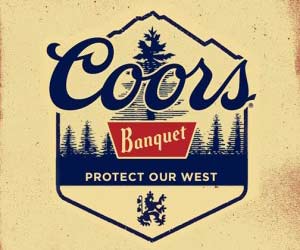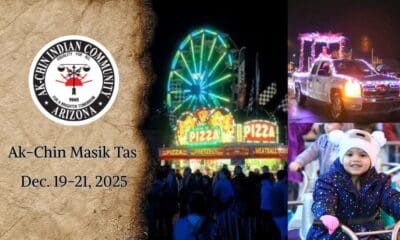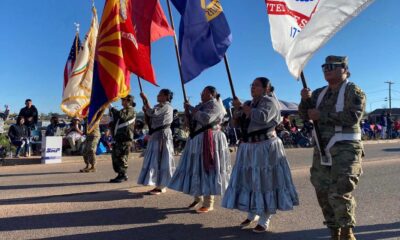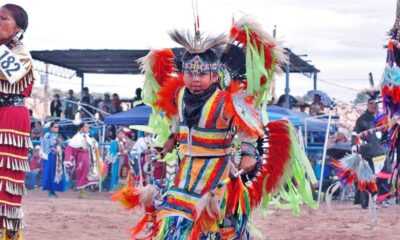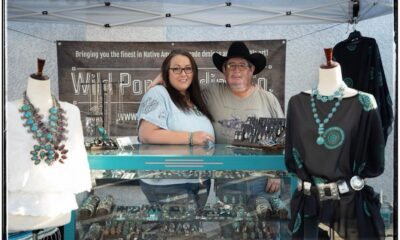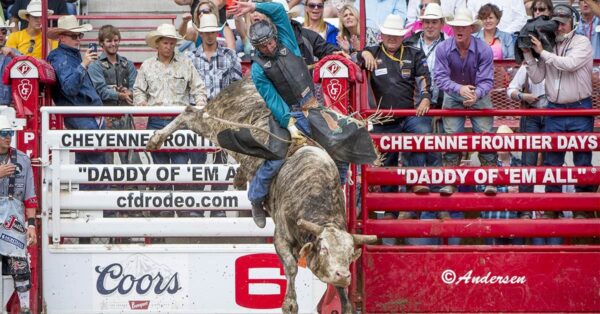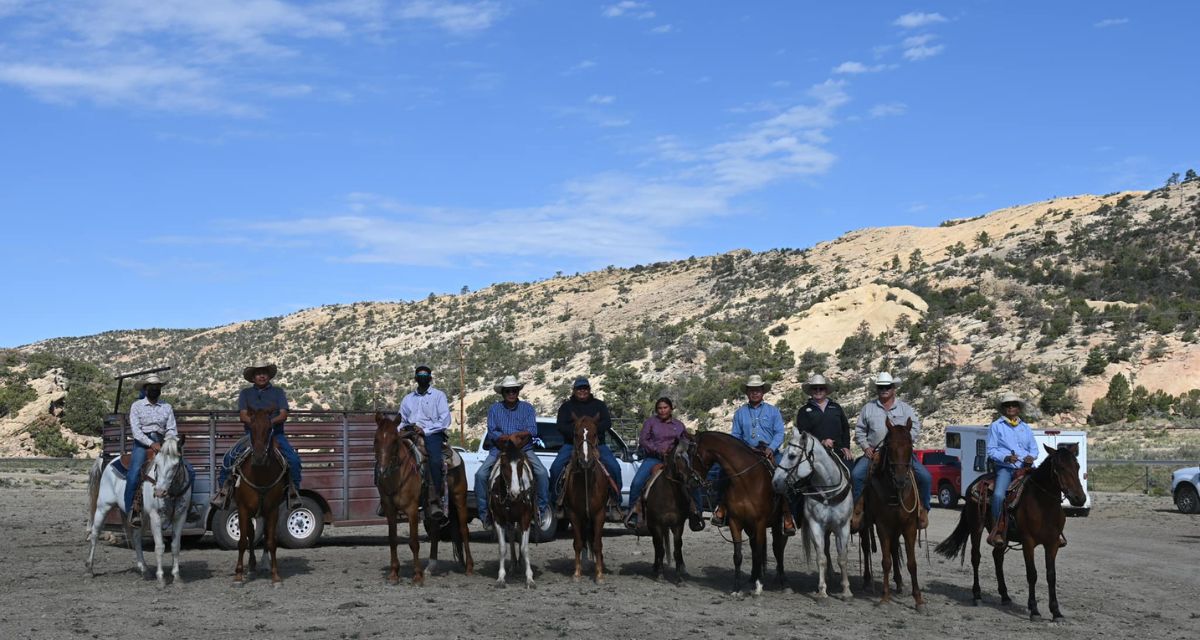
Saddle Up for the 2022 Annual Navajo Nation Council Trail Ride
As with everything else in the Navajo Nation, the Annual Navajo Council Trail Ride is rich in Navajo history. The ride’s participants have been traveling to various chapters all week before arriving at the capital for the summer council session.
Delegate Mark Freeland rode with several others during the 2021 Trail Ride which took place the third weekend of July last year. The Navajo Nation is the country’s largest reservation at 27,000 square miles (70,000 square kilometers) and it spreads through parts of Arizona, New Mexico, and Utah. Prior to the opening day of the council session, delegates from each of the chapters travel several miles through different Navajo communities as they make their way to the capital of the Navajo Nation, Window Rock, Arizona.
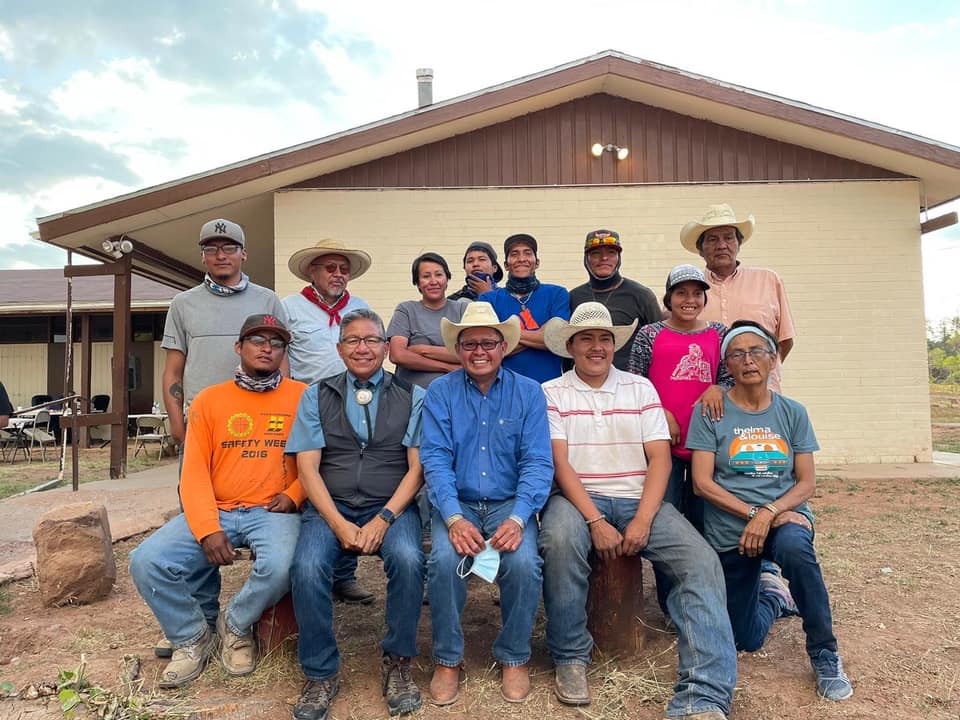
The Navajo Council Trail Ride Tradition
The Trail Ride is an annual occurrence that honors past leaders who rode on horseback or in horse-drawn wagons from their home areas to Council sessions. Throughout their journey to the capital, they would visit with fellow Navajo Nation members to listen to their concerns so they could advocate for them at the Council sessions. The story goes, that Window Rock is the most equal distance to all the chapters. So back in the old days, it wouldn’t take longer than a couple of days ride no matter where you were in the Navajo Nation. The ride is also a way of trying to pass on good horsemanship to the younger generations.
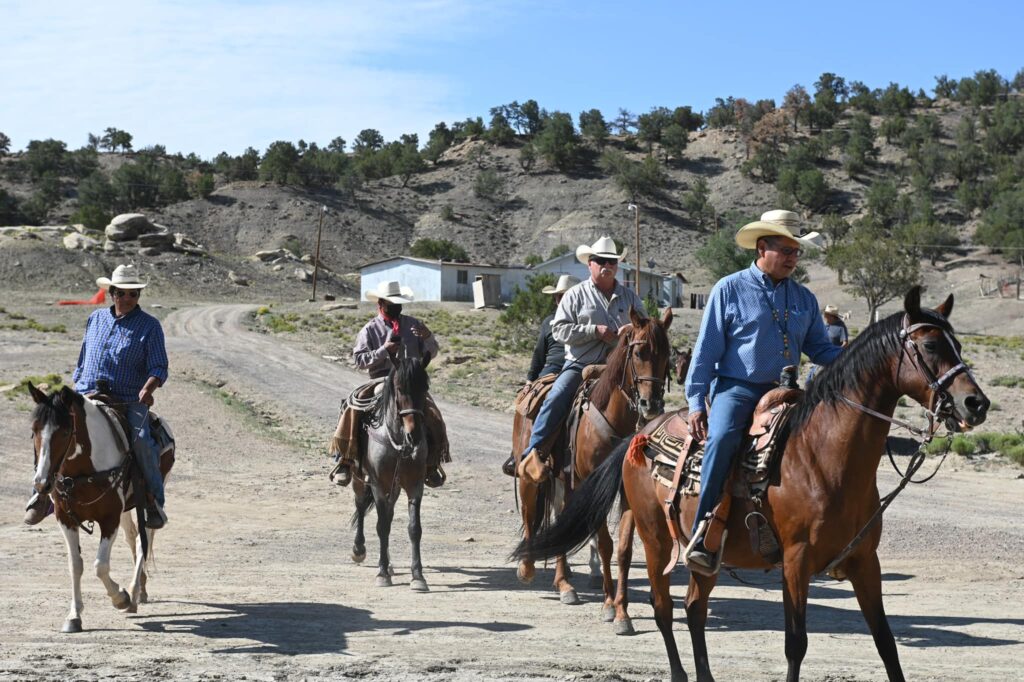
Typically, riders would work their way to Window Rock, with stops at Tse agizi, Kaibeto, Tonelea, Coalmine, Tolani Lake, Teesto, Klagetoh, and Oak Springs, among others. Throughout their journey, riders are hosted by community members or local chapters during the trek. Each rider needs a driver to follow along to carry camping equipment and supplies. The trail riders try to make between 14 to 20 miles a day and their horses are watered about every 5-6 miles. A normal day on the trail will typically start at 4 A.M. as they get up and take care of their horses. Breakfast is served at 7 A.M. and the day’s journey begins an hour later. To follow the journey going on this weekend, you can check out the Navajo Nation Council Facebook page.
Last Updated on 03/12/2025 by Jodi Erpelding
CLN Community Sponsor
